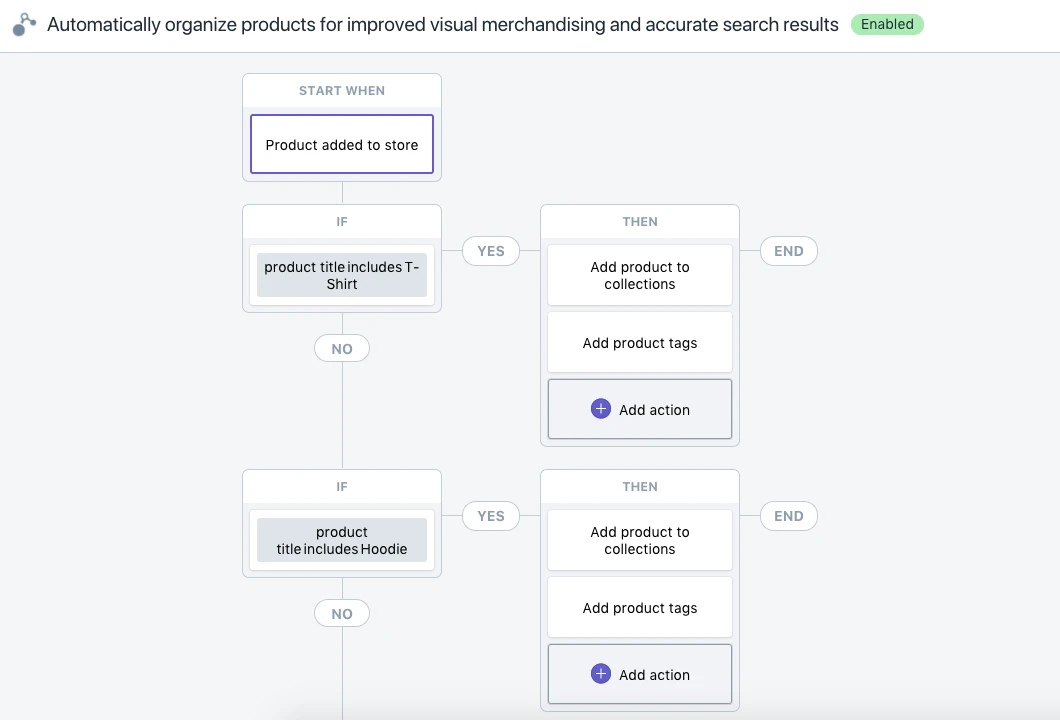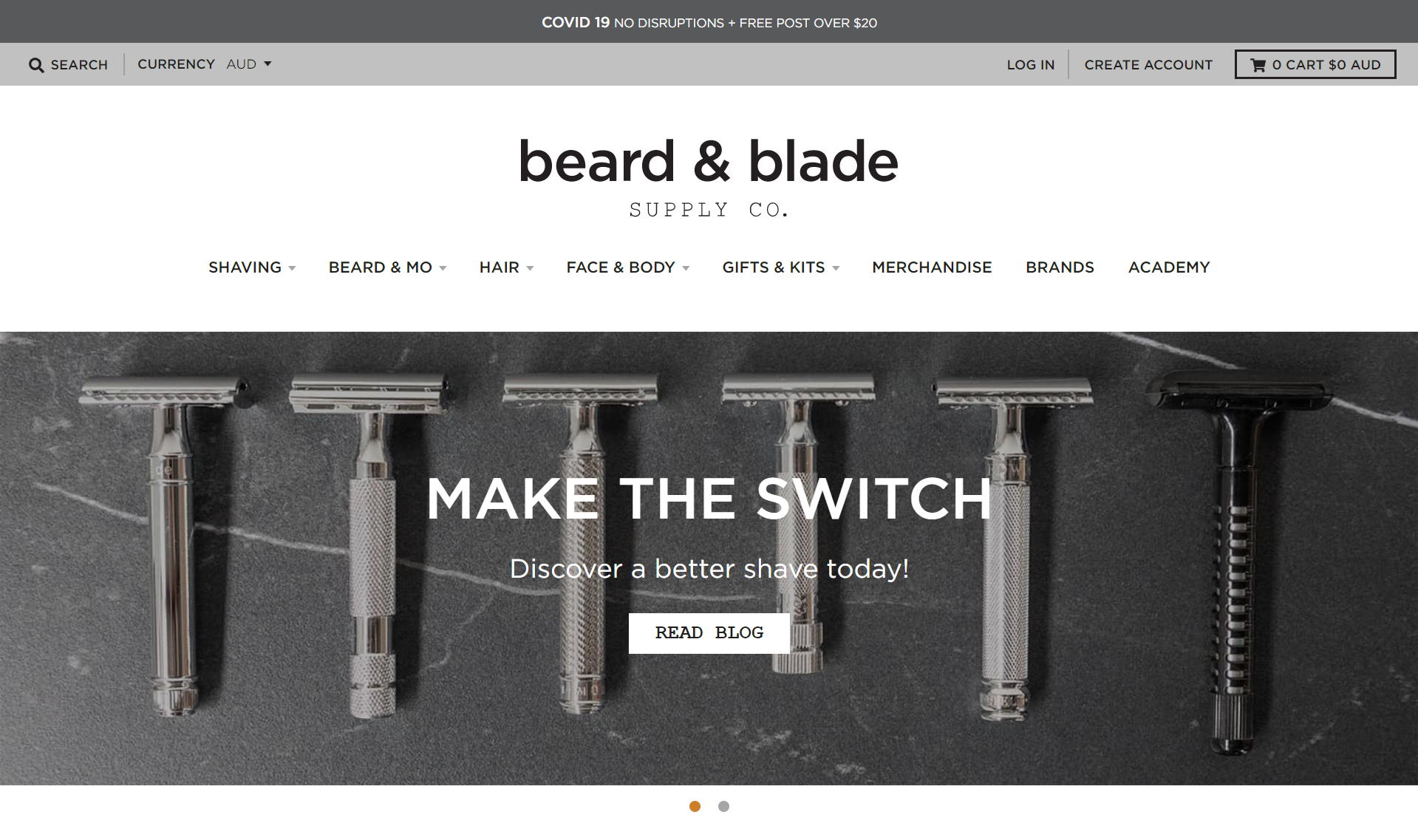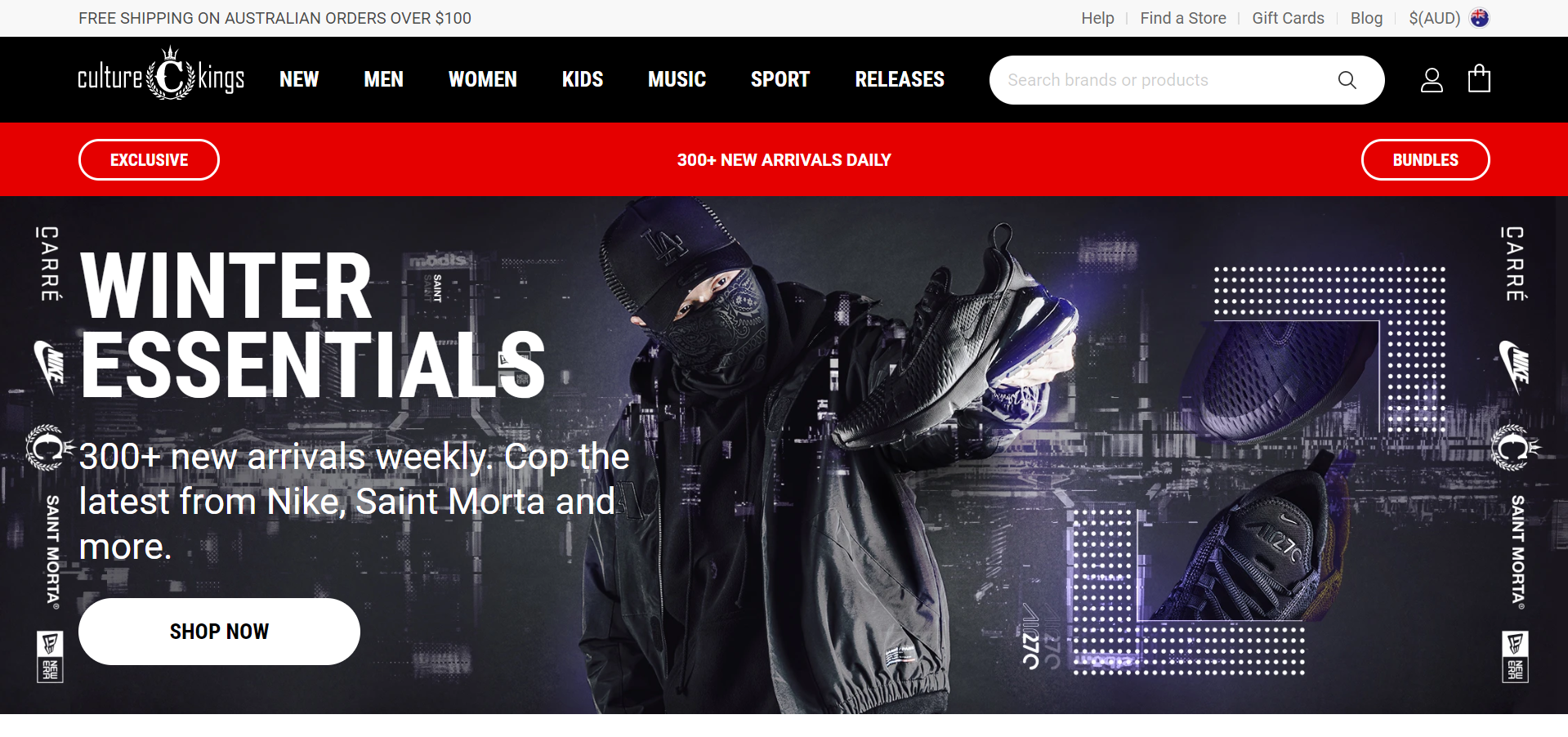Swanky Australia Talks Magento to Shopify Plus Migrations
Sean Clanchy, Managing Director of Swanky Australia, takes over the Swanky blog to discuss replatforming from Magento to Shopify Plus.
Written By
Sean Clanchy

Editor’s note: The original version of this article was published in May 2020. It has been updated in February 2024 to reflect changes to both Magento and Shopify, as well as wider changes in the ecommerce ecosystem.
At Swanky, we champion Shopify Plus as the most cost-effective, easy-to-use, scalable and reliable ecommerce platform on the market.
It is the driving force behind thousands of Australian businesses’ online success and is consistently demonstrating its value for some of the country’s largest and most popular brands, including the likes of JB Hi-Fi, Culture Kings, HiSmile and Muscle Nation.
In this article, I’ll be exploring all things replatforming; from why you should consider an ecommerce migration and what this process entails, to the incredible results so many Australian businesses have seen since moving to Shopify Plus.
Why does Swanky Australia champion Shopify Plus?
As a certified Shopify Plus Expert agency, Swanky is proud to recommend the platform as the best ecommerce solution on the market for high performance without the price tag.
Let’s take a look at some of the key reasons we love Shopify Plus – and how it compares to Magento in five of the areas that matter most. And if you want to learn more about the differences between the two platforms, check out our comprehensive Magento vs. Shopify comparison article.
1. Shopify Plus is reliable
As any retailer using Shopify will testify, one of the most prized characteristics of the platform is its unmatched reliability. Shopify’s 99.99% uptime rate – which comes as a result of the platform’s unlimited bandwidth and global network of servers – means your site won’t fail you even during your biggest, busiest trading days.
On the other hand, self-hosted platforms like Magento often can’t handle huge spikes in traffic – and have been known to crack under the pressure of a flash sale, campaign or product launch.
“Ecommerce has grown into a strength, and Shopify Plus is that platform and that safety net. I never have that feeling of, ‘Is it gonna work?’ Even in our million-dollar sales days, it still powers through and can bring it home.”
Simon Beard, Co-Founder of Culture Kings (Australian luxury streetwear store)
2. Shopify Plus is scalable
Shopify’s innate capacity for accelerated growth has led hundreds of widely loved Australian brands to trust the platform with their ever-growing enterprises.
Instead of worrying about how your Magento store will cope with an influx of eager customers, hosting your site on Shopify Plus allows you to simply enjoy watching your store scale as your traffic continues to grow.
And in terms of long-term scalability, brands can be confident in Shopify’s ability to support their omnichannel commerce operations. The launch of Commerce Components by Shopify, specifically for brands with GMV in excess of USD$500m, demonstrates the platform’s suitability for enterprise-level businesses.
3. Shopify Plus makes automating business processes simple
Another benefit of choosing Shopify Plus over Magento is that you can automate many of your everyday tasks within the platform; minimising the time you have to spend managing the backend of your store.
For example, Shopify Flow allows Shopify Plus merchants to automate almost any routine business management process you can think of, while Shopify Plus’ exclusive Launchpad feature will allow you to automatically schedule and monitor sales, releases and content changes on your store.

An example of a Shopify Plus flow. Image Source: Shopify.com
4. Shopify Plus is cloud-based
Shopify has been a fully-hosted Software as a Service (SaaS) product since it burst onto the market. Unlike Magento, Shopify’s infrastructure was always designed to be cloud-based, which means merchants using Shopify Plus benefit consistently from 99.99% website uptime, speedier page loads, 24/7 priority support, up-to-date security patches and continual platform updates.
Essentially, it’s Shopify’s job to keep your store online, safe, transacting and improving – all for a consistent monthly fee (its SaaS configuration means that all hosting costs are included within your monthly plan without traffic volume fees).
Whilst Magento Commerce Cloud (part of Magento 2’s offering) is a fully-hosted solution, some Magento merchants are responsible for their own hosting, security patches, website development and store customisation (which comes with a host of extra price tags). On a self-hosted platform, hosting fees increase with the more products and visitors you acquire – something to keep in mind if you have ambitious growth plans! Hosting packages also affect the speed of your site too, which could be a problem during busy trading periods.
As an agency, not having to worry about keeping Shopify stores online and transacting means we have more time to work on what matters most for our clients – optimising the customer experience!
5. Shopify Plus is affordable
What makes Shopify so much more affordable than other ecommerce platforms like Magento is the large number of functions and features included within the flat monthly price.
With Shopify, all of your basic development, security and business management tasks will be automatically taken care of – at no extra cost to you. However, with self-hosted solutions like Magento, you could easily find yourself battling a whole host of unforeseen bills that aren’t covered by the platform’s original price tag.
It’s also much cheaper and quicker to build and launch a site on Shopify – which means you’re saving money from the get-go. You’re looking at a time-to-launch from as little as 90 days on Shopify, compared to 6-9 months on Magento.
Ultimately, from our experience, brands on Shopify Plus are likely to have a 25-75% lower total cost of ownership than on Magento Commerce. This, coupled with better performance and higher conversion rates is what makes a migration to Shopify such an appealing prospect for so many retailers.
Magento to Shopify Plus Australian success stories
Australia is one of Shopify’s fastest-growing markets, with thousands of businesses choosing to migrate to the platform each year.
Here are just some of the Australian brands that have been scaling rapidly since choosing to trust Shopify Plus with their online stores:
Beard & Blade

After switching from Magento to Shopify Plus, this popular Australia-based men’s grooming store was able to double its wholesale revenue and increase its year-over-year retail sales by 35%.
Beard & Blade is now a multimillion dollar company with a global footprint – and it has Shopify Plus to thank for it.
“Switching to Shopify Plus has been remarkable. We’ve been doing record sales since switching. This was unthinkable when we were on Magento.”
Adriano Salemme, Marketing Chief at Beard & Blade
Culture Kings

For years, luxury Australian streetwear brand Culture Kings has been rapidly gaining popularity with music, sport and fashion lovers alike.
However, since switching from Magento to Shopify Plus, Culture Kings has grown its empire significantly; upping its year-over-year growth by 40-60% each year since replatforming.
“Shopify Plus — what it really did is allow us to focus more on our art side, rather than being so bogged down in the science side, which was not our forte. It really enabled us to scale, knowing that we had this platform that delivered, that can grow with us.”
Simon Beard, Co-Founder of Culture Kings
Skin Inc

Personalised skincare brand Skin Inc is another example of a brand thriving since migrating from Magento to Shopify Plus.
Frustrated with the lack of customisation options on their previous store, their dependence on costly developers, and a clunky experience for mobile shoppers, the team at Skin Inc began their search for a more flexible, agile and user-friendly ecommerce solution.
After moving to Shopify, Skin Inc’s revenue has increased fourfold and conversion rates have doubled. Behind the scenes, site management was significantly streamlined, allowing the team more time and budget to focus on new product innovations.
What does an ecommerce migration with Swanky look like?
Once you’re feeling confident that Shopify Plus is the right platform for your business, it’s time to start getting familiar with what a replatforming project actually involves.
Below, I summarise what the six key stages of an ecommerce migration should look like, from a Shopify Expert’s point of view:
Stage 1 – Data review
Our aim at this stage is to learn more about your brand and identify both the strengths and the limitations of your current implementation. After verifying the scope of your migration, we’ll begin reviewing all of the data that needs to be migrated. We’ll define your number of source records, test your source system’s data sets and queries, and identify supplementary resources.
Stage 2 – Consultation
With your business’ specific needs and goals in mind, we’ll then conduct a tech stack review to discuss with you which website features you want to keep hold of. We’ll also discuss whether or not you would like your new store to be a duplicate of your current website or a fresh new design, and help you explore opportunities for new functionality to drive further growth.
Stage 3 – Design
When crafting new Shopify Plus stores, our team of UX and UI experts believe in design which is beautiful yet functional, working to drive conversions and provide a user-friendly experience for your customers.
Stage 4 – Development
We’ll then categorise all tasks into a roadmap. We can then use this roadmap to create, code and modify a seamless new Shopify website, onto which we’ll safely transfer all of the data from your original store.
Stage 5 – Migration
Secure data migration
We’ll transfer your business’ customers, orders, products, reviews, loyalty points, shipping rates, taxes and any other specified data across to your new website. .
SEO migration
We’ll maintain your brand’s search rankings throughout the transition by analysing your existing content and ensuring that the elements of it that are important for your search rankings are transferred.
Stage 6 – Testing & launch
Both before and after your website launch, we’ll review and test crucial components of your store’s performance – such as your site speed, digital architecture and your user journey. This is primarily to ensure that we have provided the highest quality product – and have optimised your website to engage customers and ultimately drive sales.
Ultimately, if you’re interested in migrating to Shopify, we’d recommend starting by defining your business’ ecommerce goals, outlining your platform requirements, researching different ecommerce solutions and then talking to agencies who have experience working with businesses just like you.
Starting today, take the time to consider switching to a stronger, more scalable, more secure platform like Shopify. We thoroughly believe that the only time you’ll look back is to appreciate how far you’ve come.
Contact our Shopify experts in Australia
If you’re an APAC-based business looking for help with your store migration, our Shopify Experts in Australia are perfectly positioned to kickstart your journey on Shopify Plus.

